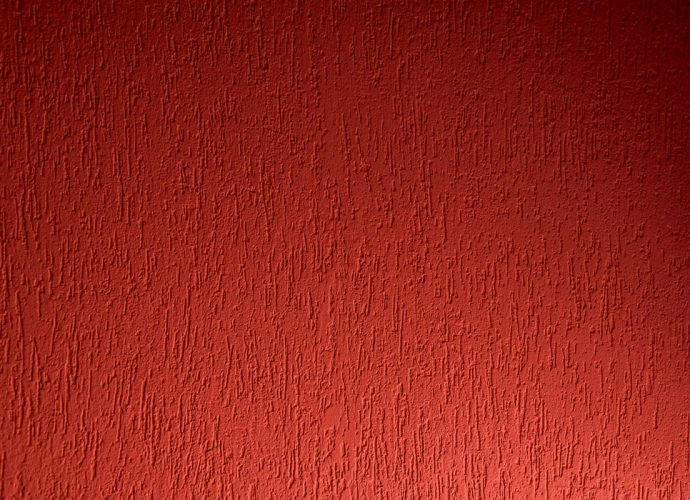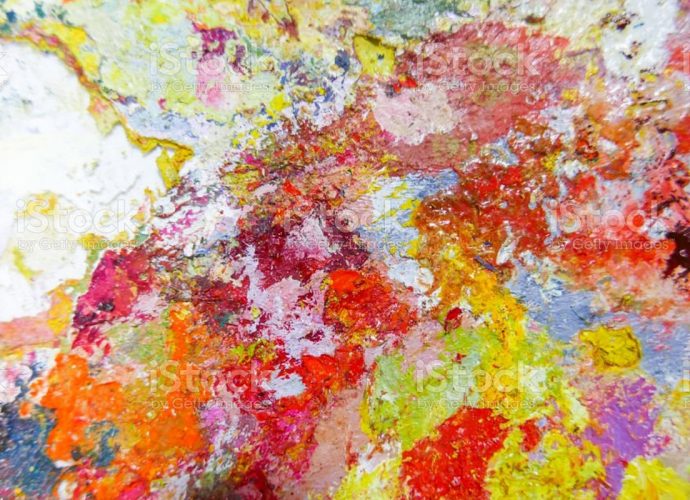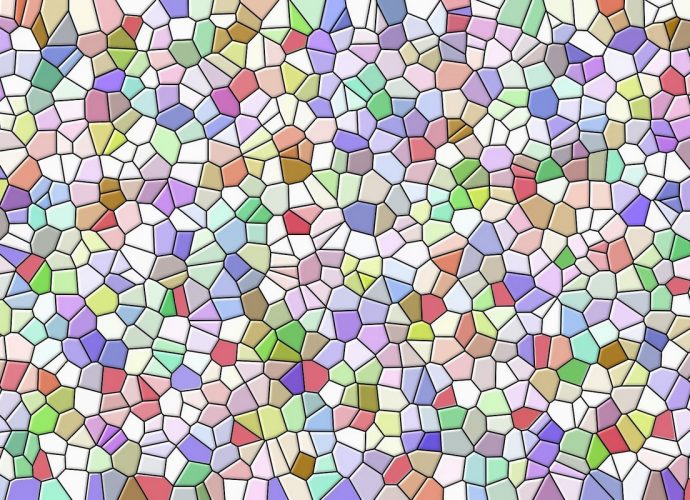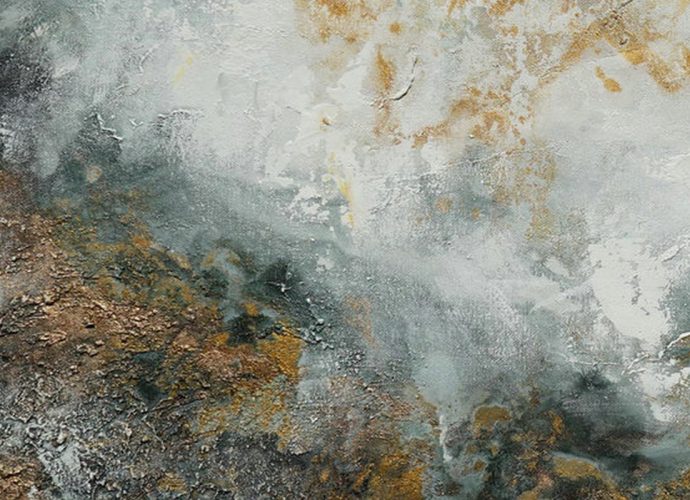How Do You Grow Corn Without Tilling?
“Tilling a no-till field releases stored carbon by oxygenating the soil which stimulates microbial activity. It also increases evaporation of crop moisture and burns up resources that can reduce the soil’s ability to produce future crops. You don’t need to till everything black to go corn-on-corn.” Can you plant cornRead More →









